- News
- 0 likes
- 4238 views
- 0 comments
We have recently decided to expand our product range to include early medieval jewellery from the 8th - 9th centuries of Central Europe. That is, matters subject to the fashion of Avar decoration. This is full of frills, cast strong contours and distinctive bright motifs.
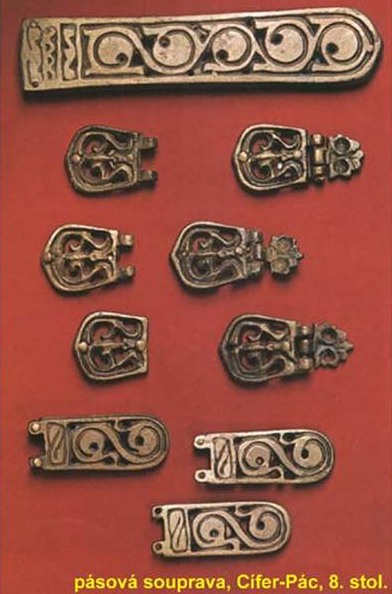
As is our custom, we want to date and date every dateable and traceable item as closely as possible. This is so that our customers feel good that if they buy something from us, they will make the most of it, and at the same time we don't want to pass off some jewellery modified into fantasy variations as products suitable for the highest level of reenactment and the like. In this post we want to show that you don't have to take one thing strictly for one place. The technique of mold casting was known to our ancestors hundreds and thousands of years ago. Make no mistake, there are dozens and dozens of almost identical pieces for one gorgeous extremely decorated item, and then archaeologists find dozens of other pieces from modified molds that create the typical fashion of that site and period. As a result, archaeologists and history buffs are then able to pinpoint a particular find not just with a flippant three-hundred-year estimate, but to within a decade.
In the pictorial attachment here, you can see how it fits when you can't remember what garment this limb was from :-D
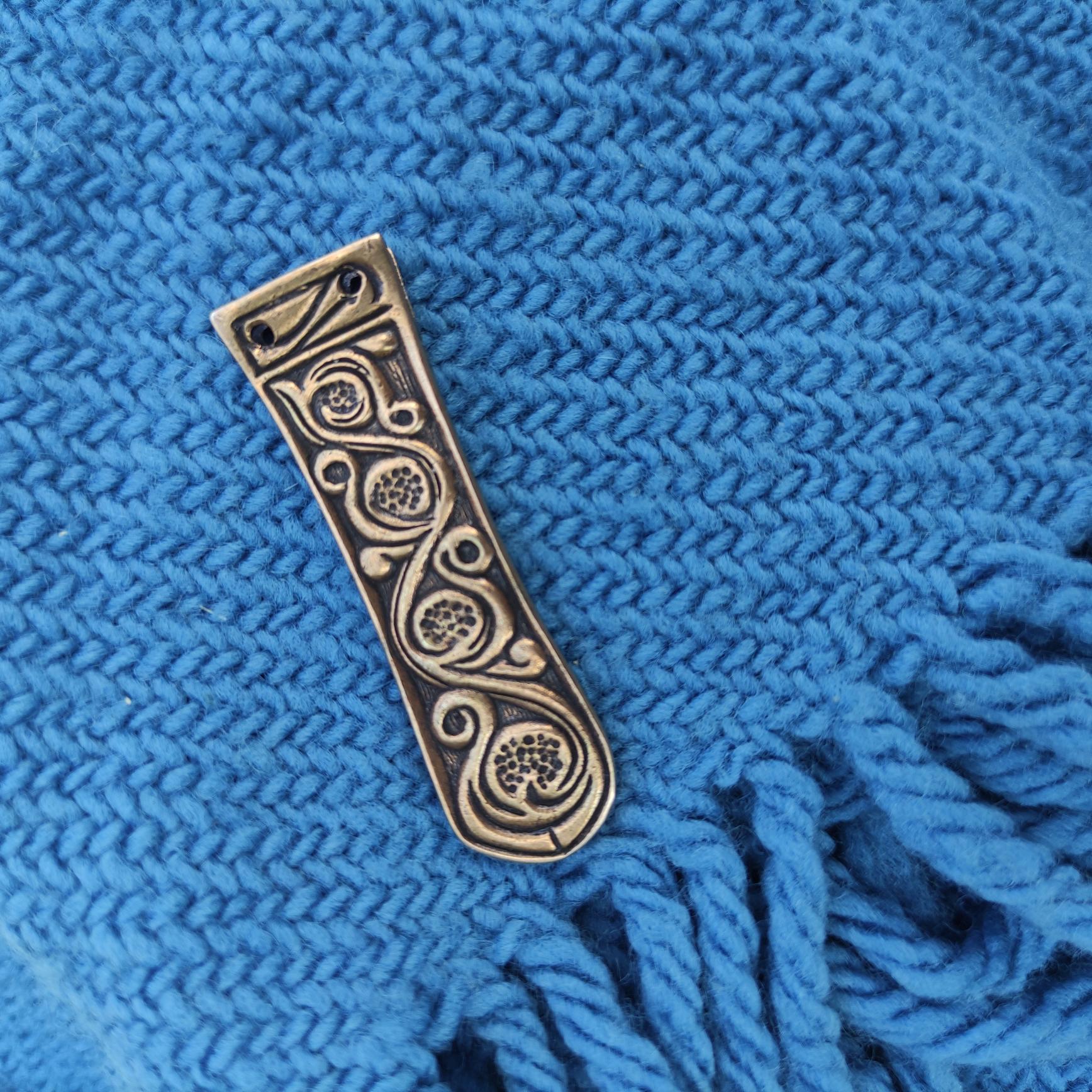
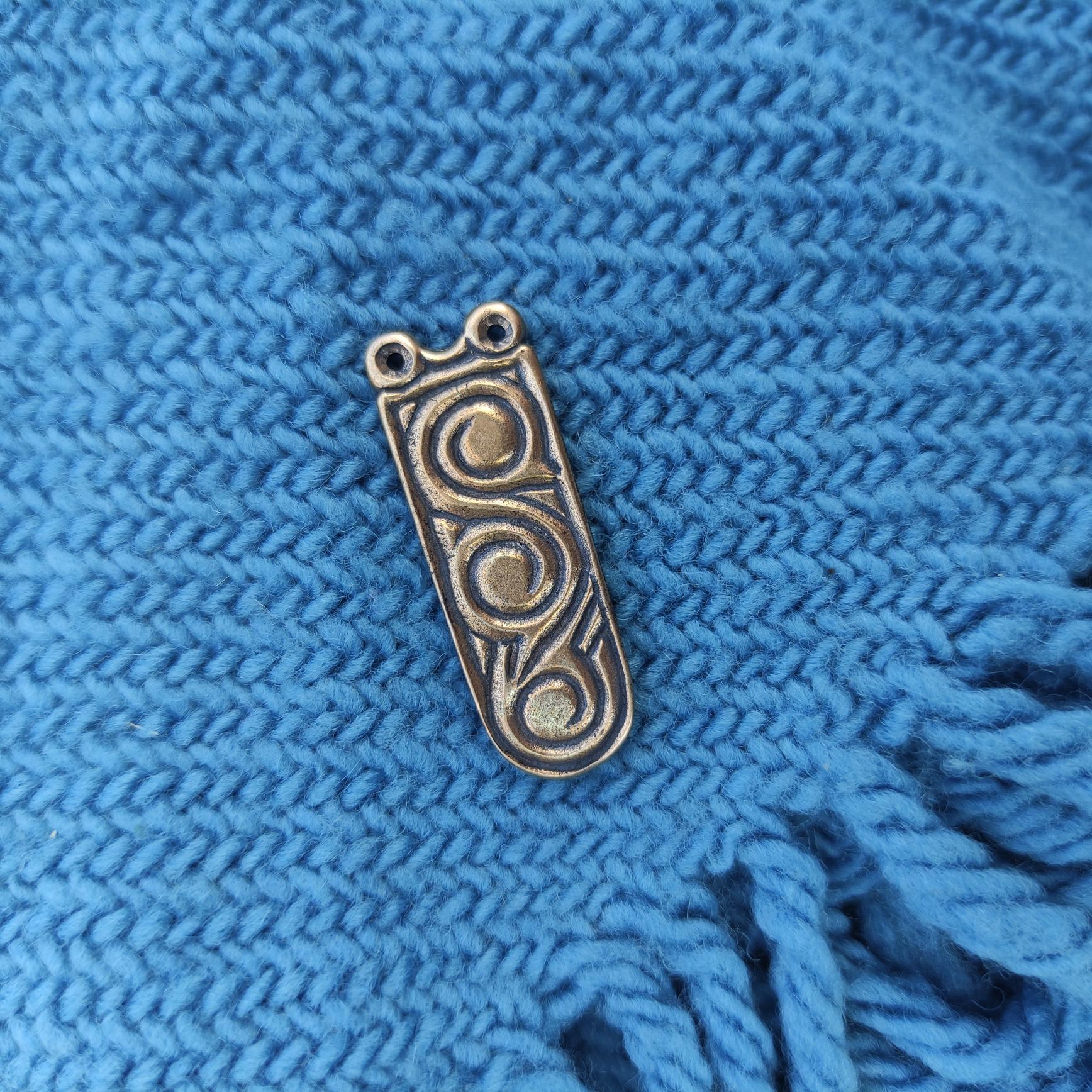
We wanted to start with a very familiar floral motif. It's almost unbelievable how versatile it is for reenactor use. However, the fact that jewellery makers were casting one fitting after another ( and it was certainly, as nowadays, copied by a hundred and six) drives us crazy!
So here we have basically the same motif spread all over our territory dating indefinitely back to the 7th,8th and 8th to 9th centuries and this is where the error occurs. And please, we have only read 3 bachelor theses so far, read Galuska, Zabojnik, Profantova, Dekan, Lutovsky and Droberjar.

In the pictures here, for example, you can see the same tangled vines from Trutnov and Mělník, through Prague to Olomouc and Mikulčice, and what also intrigued us was that we found the same pattern on the famous plate from Baška, Croatia.
Considering the investment of time for each of the hundreds of items offered, we are satisfied with universal dates such as ,,Great Moravian fittings, pre-Great Moravian fittings, late Avar..", so that you can see them already on the e-shop and gradually add dates :-) Exact dating, apart from the scattering of the 8th, 8th and 9th centuries, we can't find in the books of experts and who can say exactly if such a piece was worn by someone who was already a Great Moravian, but as a Great Moravian we are officially allowed to talk about it only from 822 :-) That has something to do with it too. These jewels were certainly inherited and sold and moved from place to place, and it's not impossible that something that went out of fashion 10 or even 50 years ago didn't appear on the belt of a Great Moravian. However, we wear it that way too, and we don't have to fight over every buckle or button with several brothers :-D
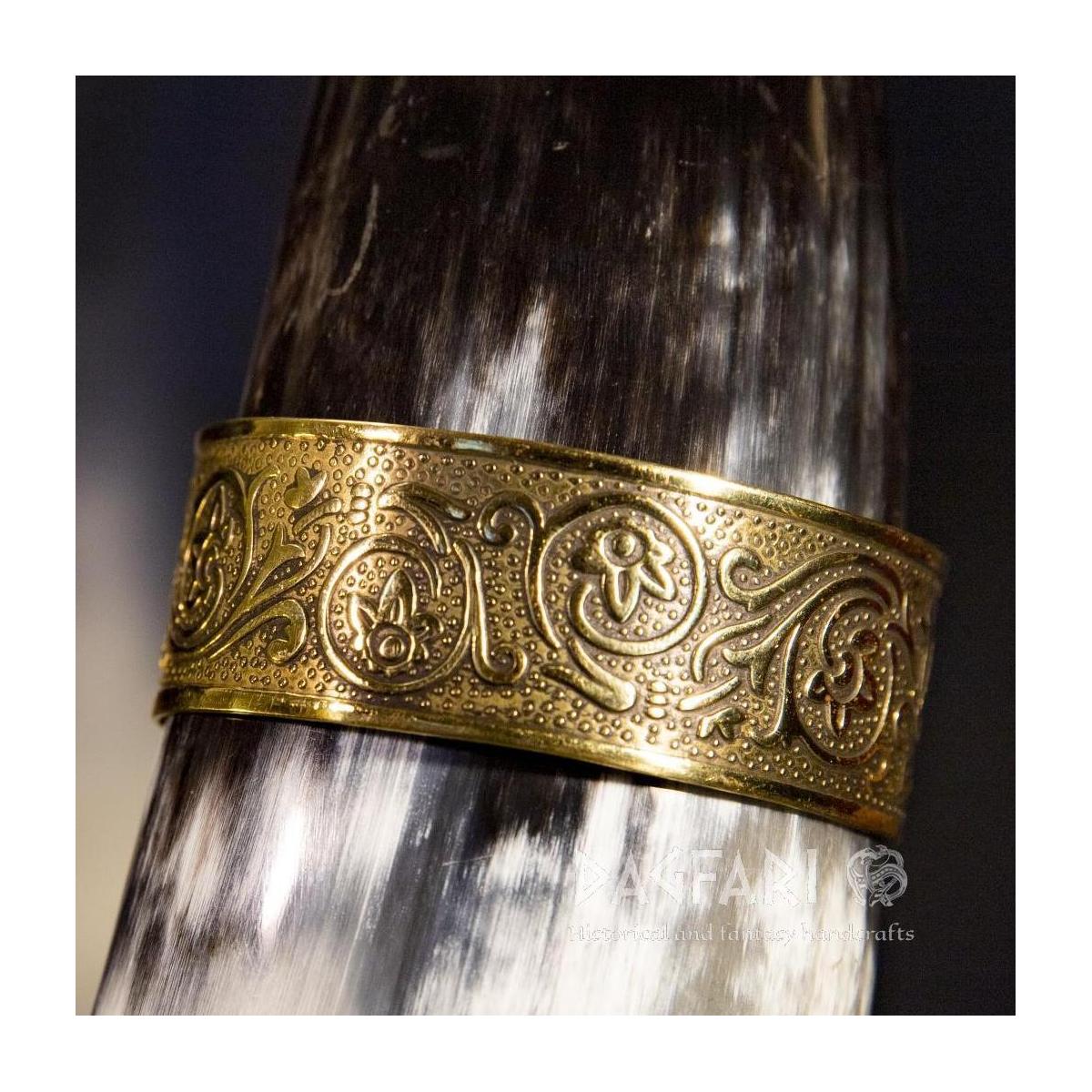
P.S.: You can see these motifs on our other products, such as hand-wrought rings and brass bracelets.
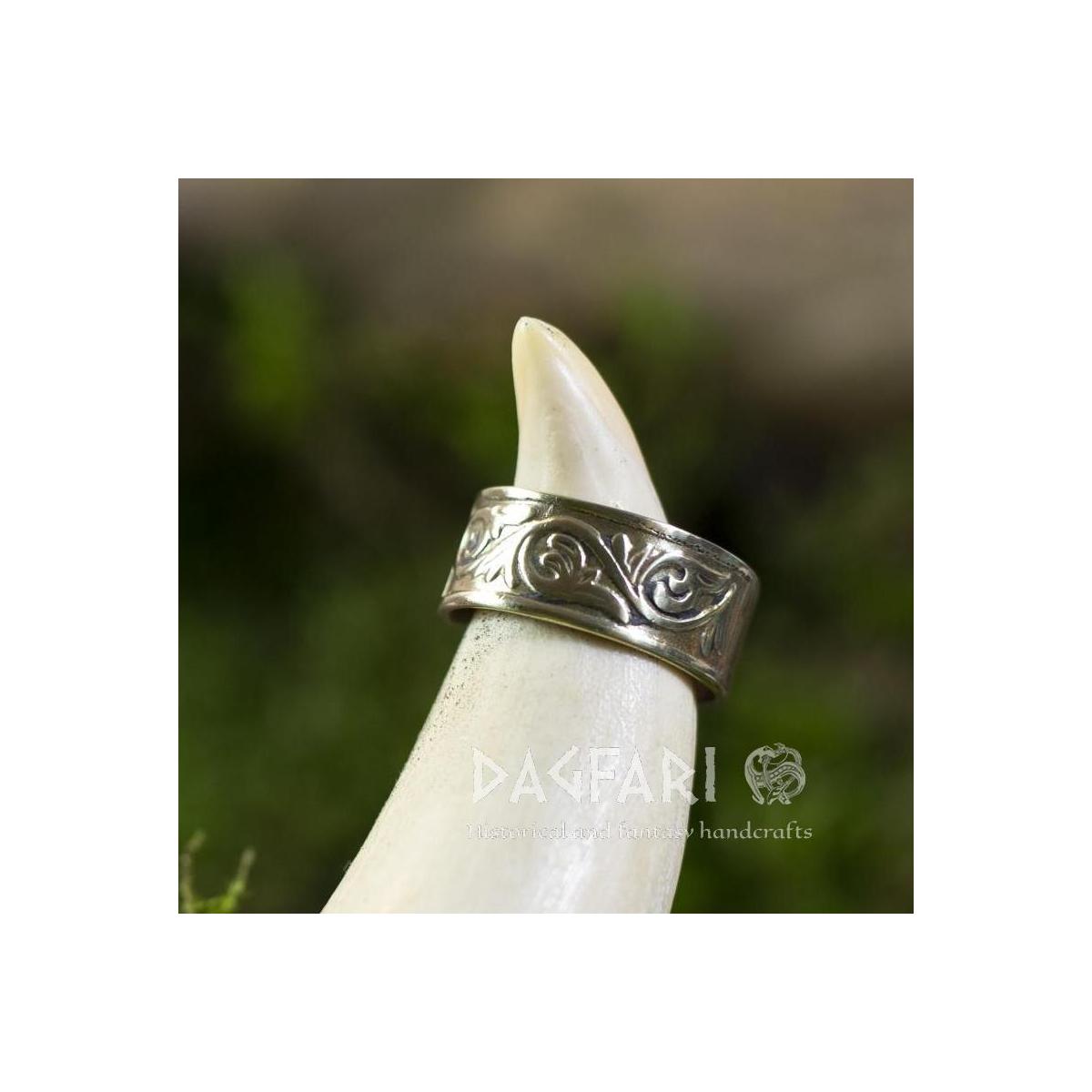
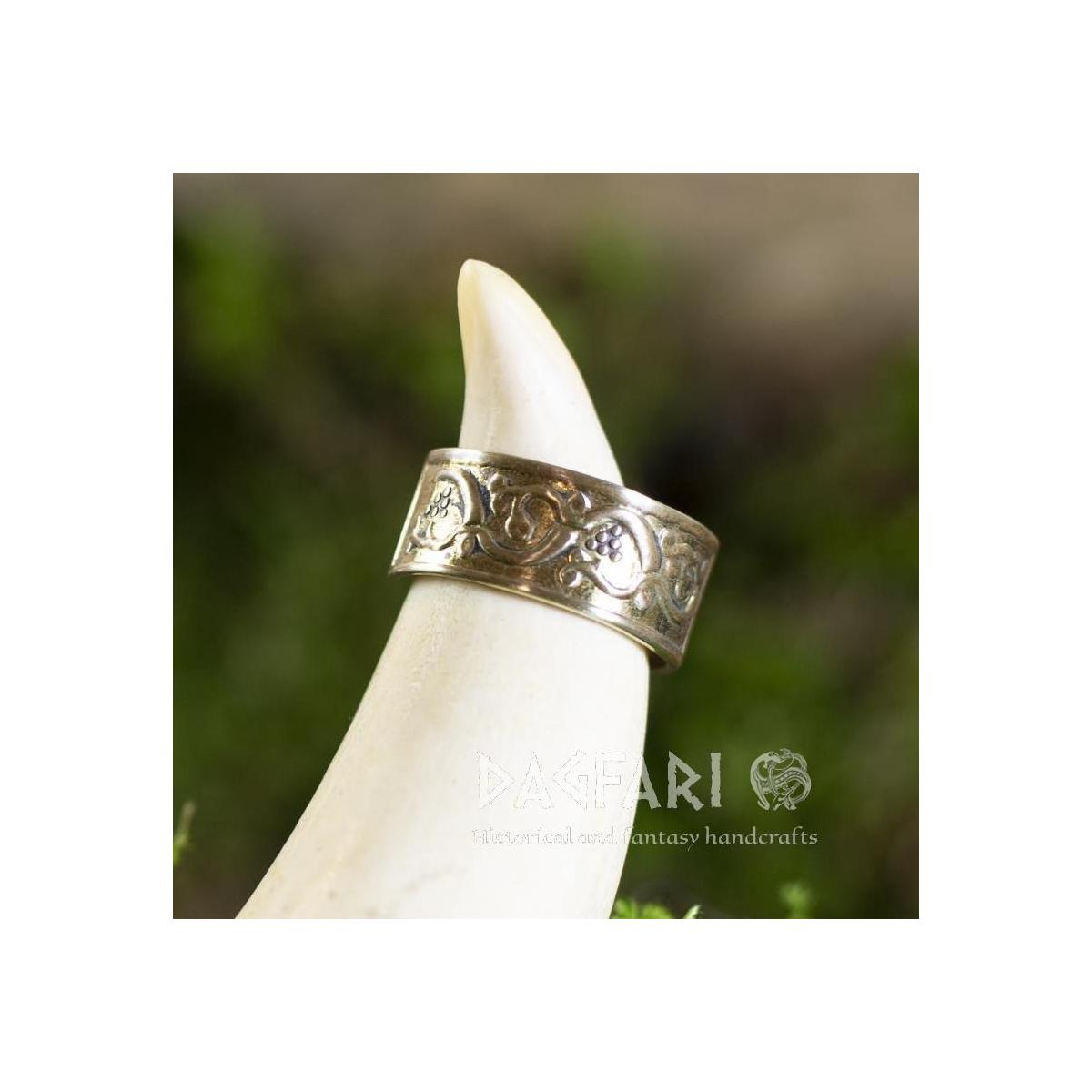
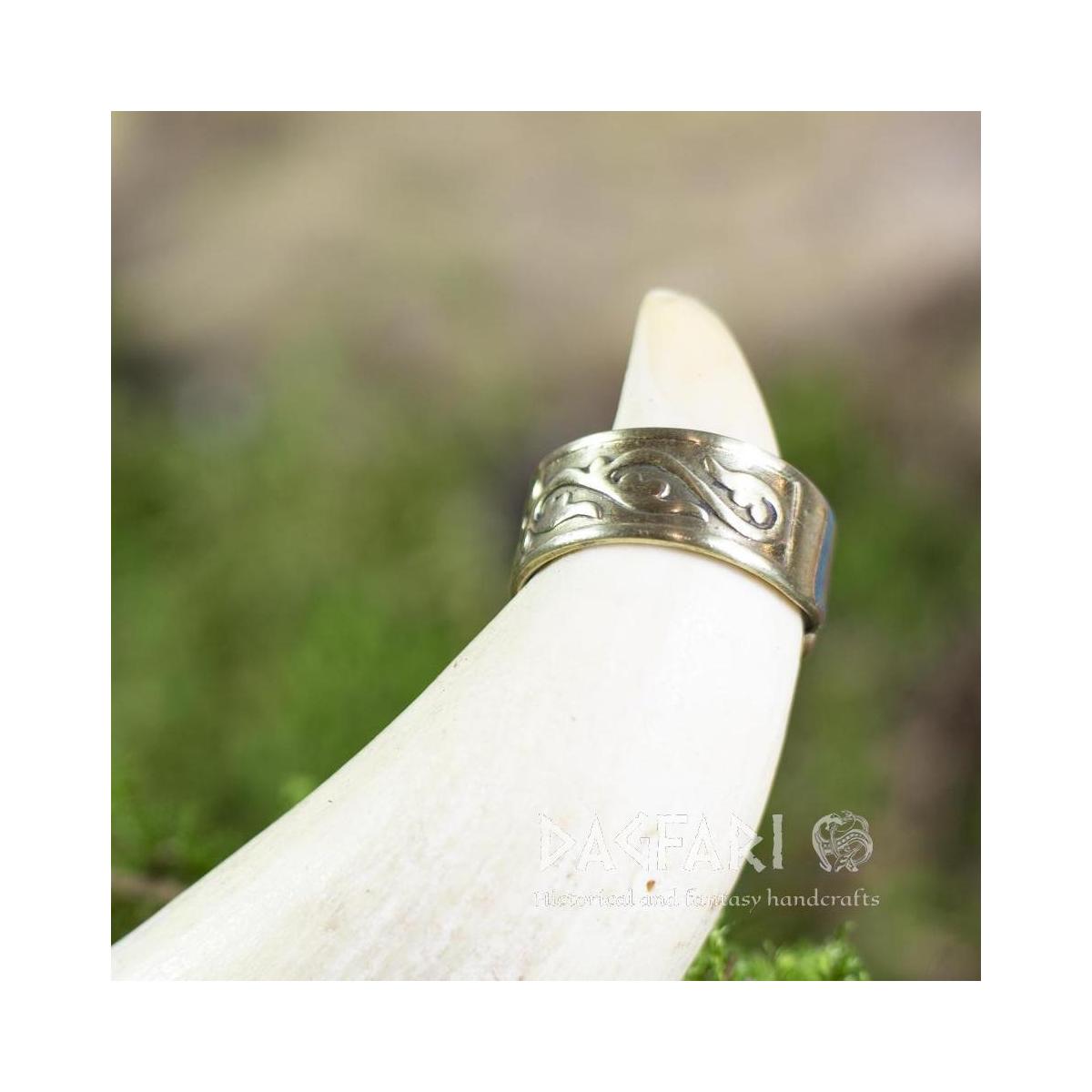

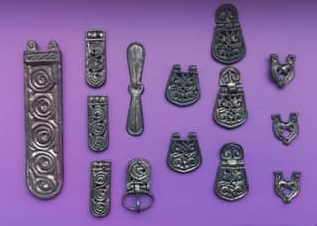
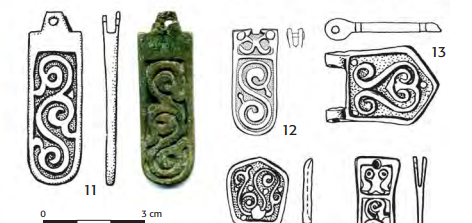


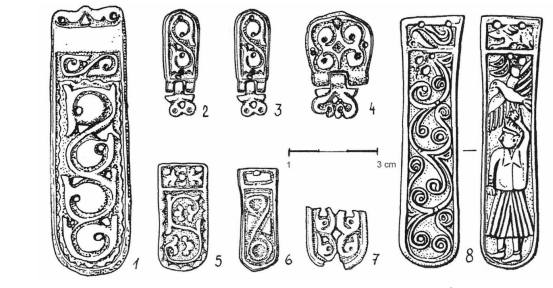

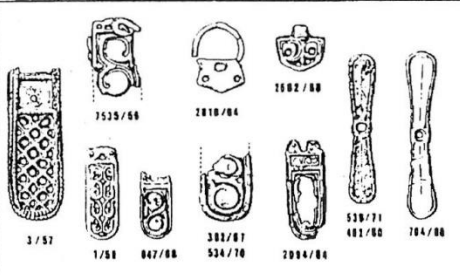
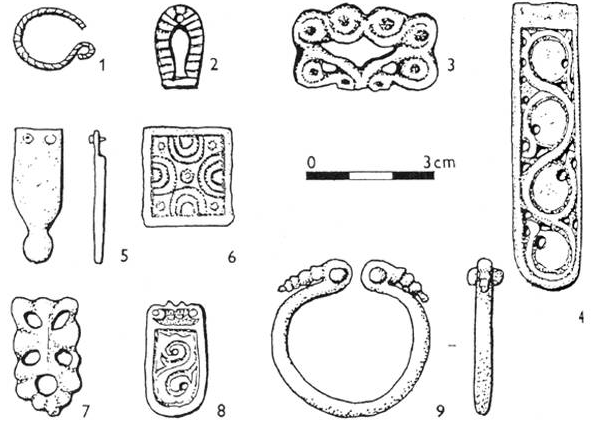
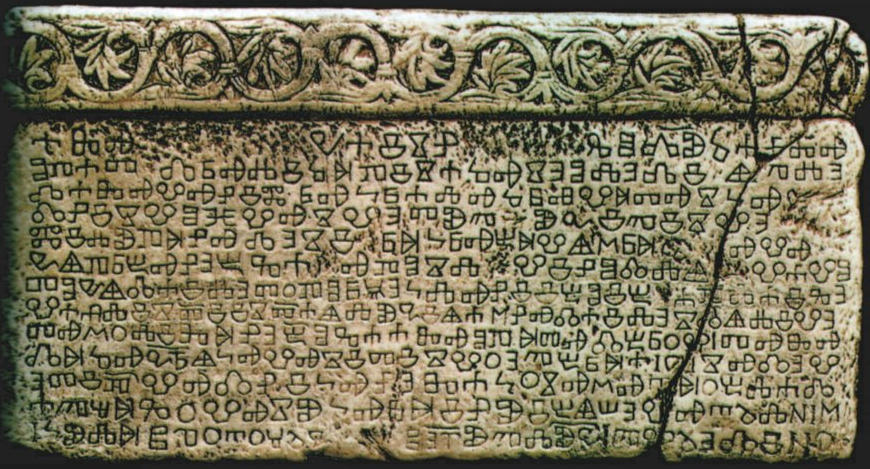
Comments (0)